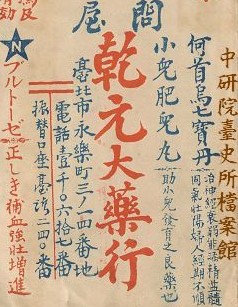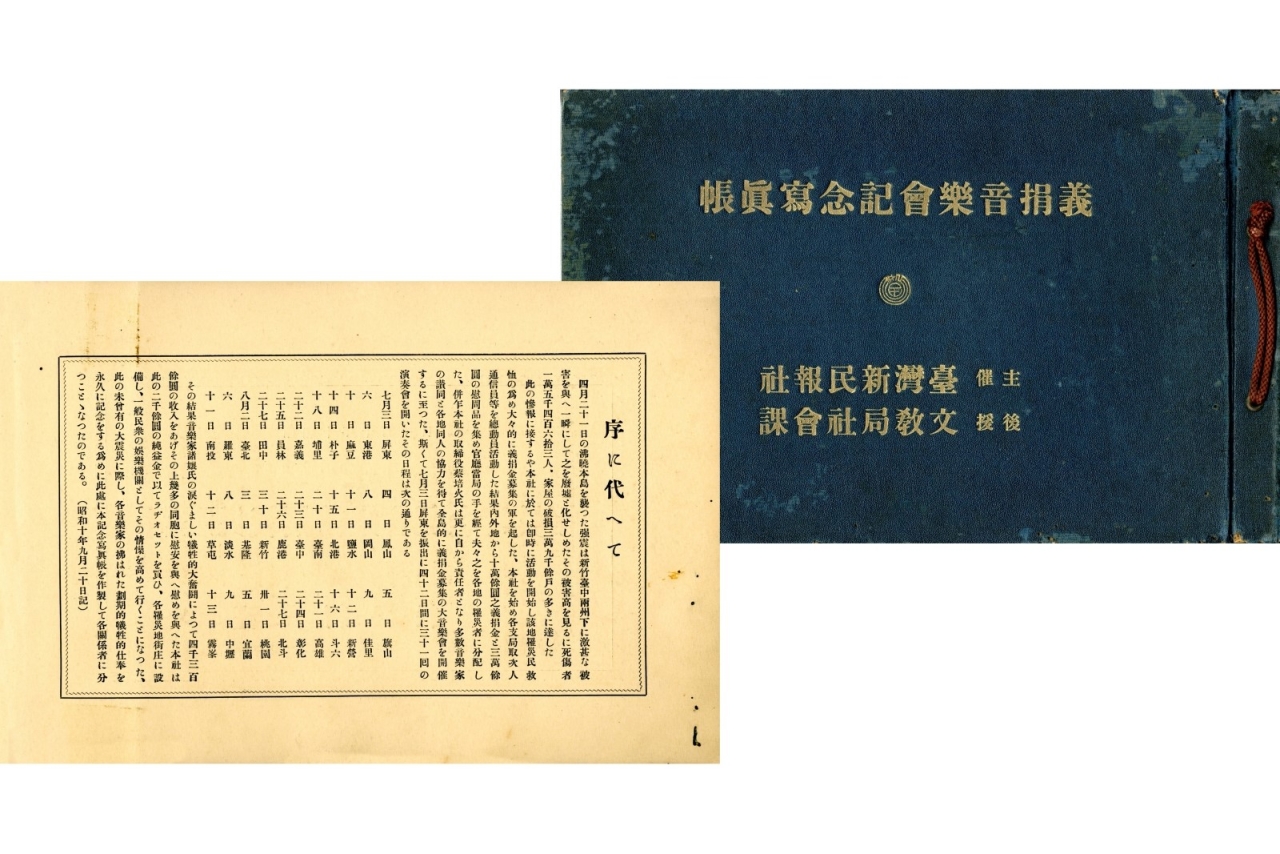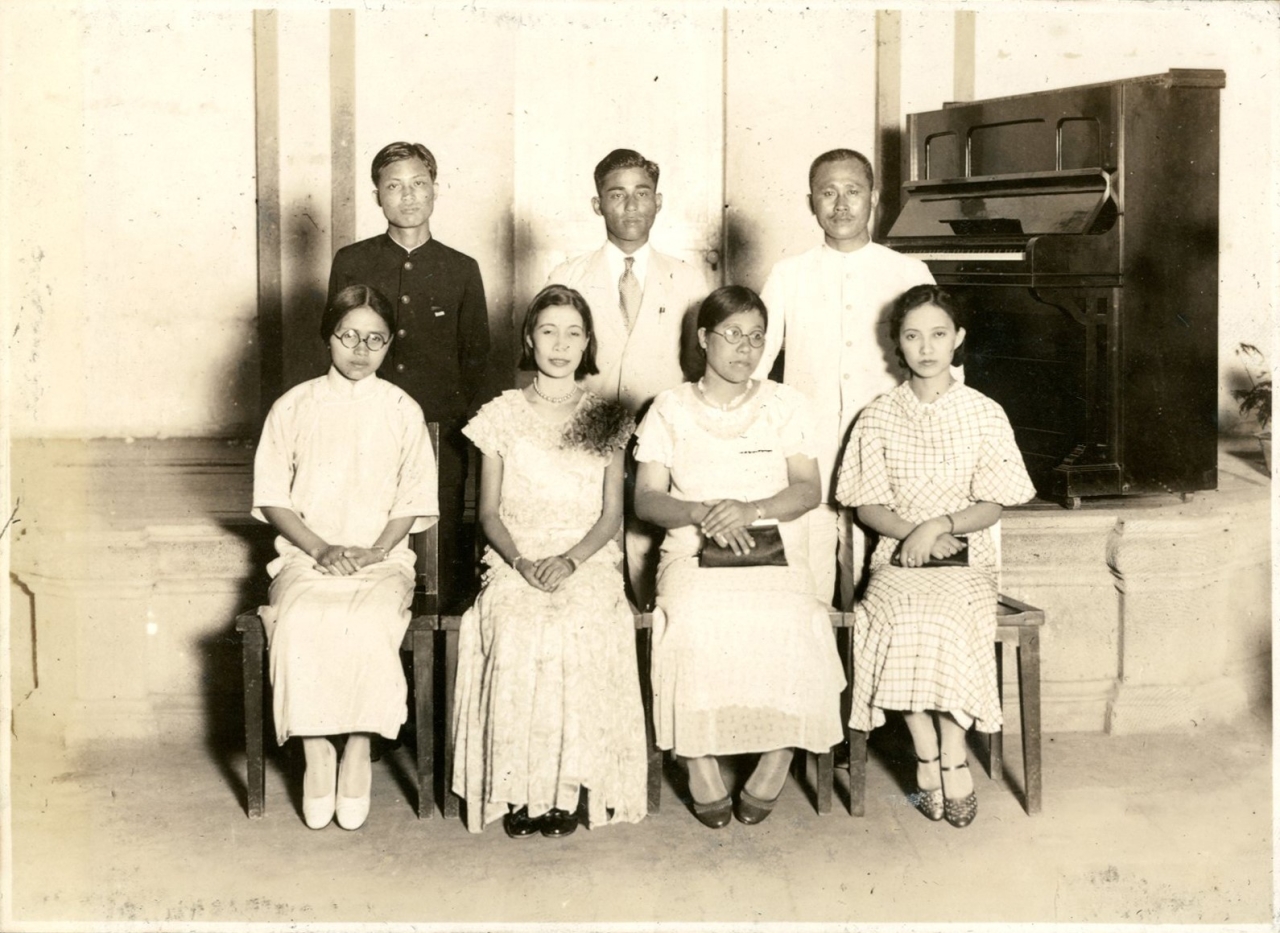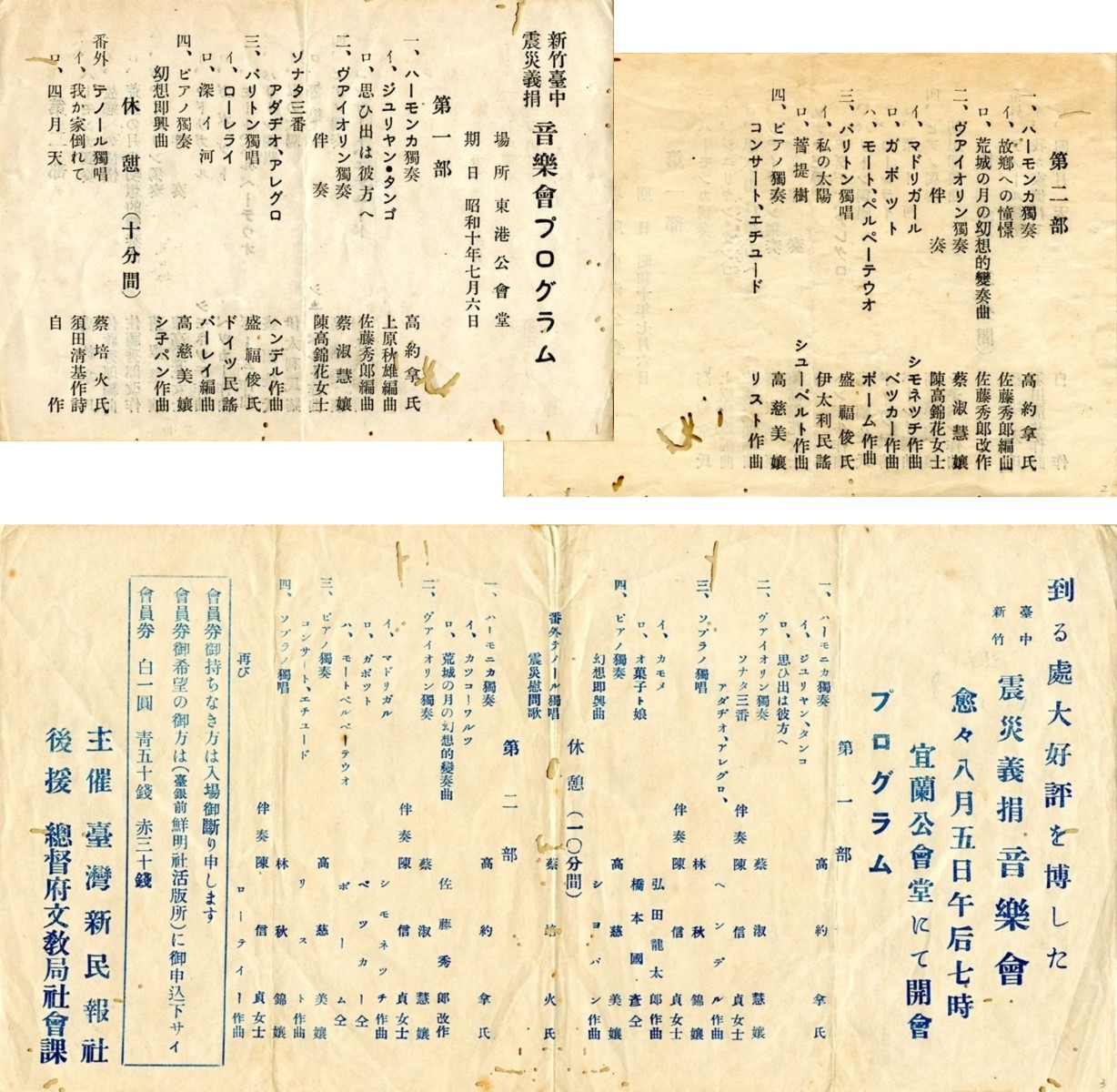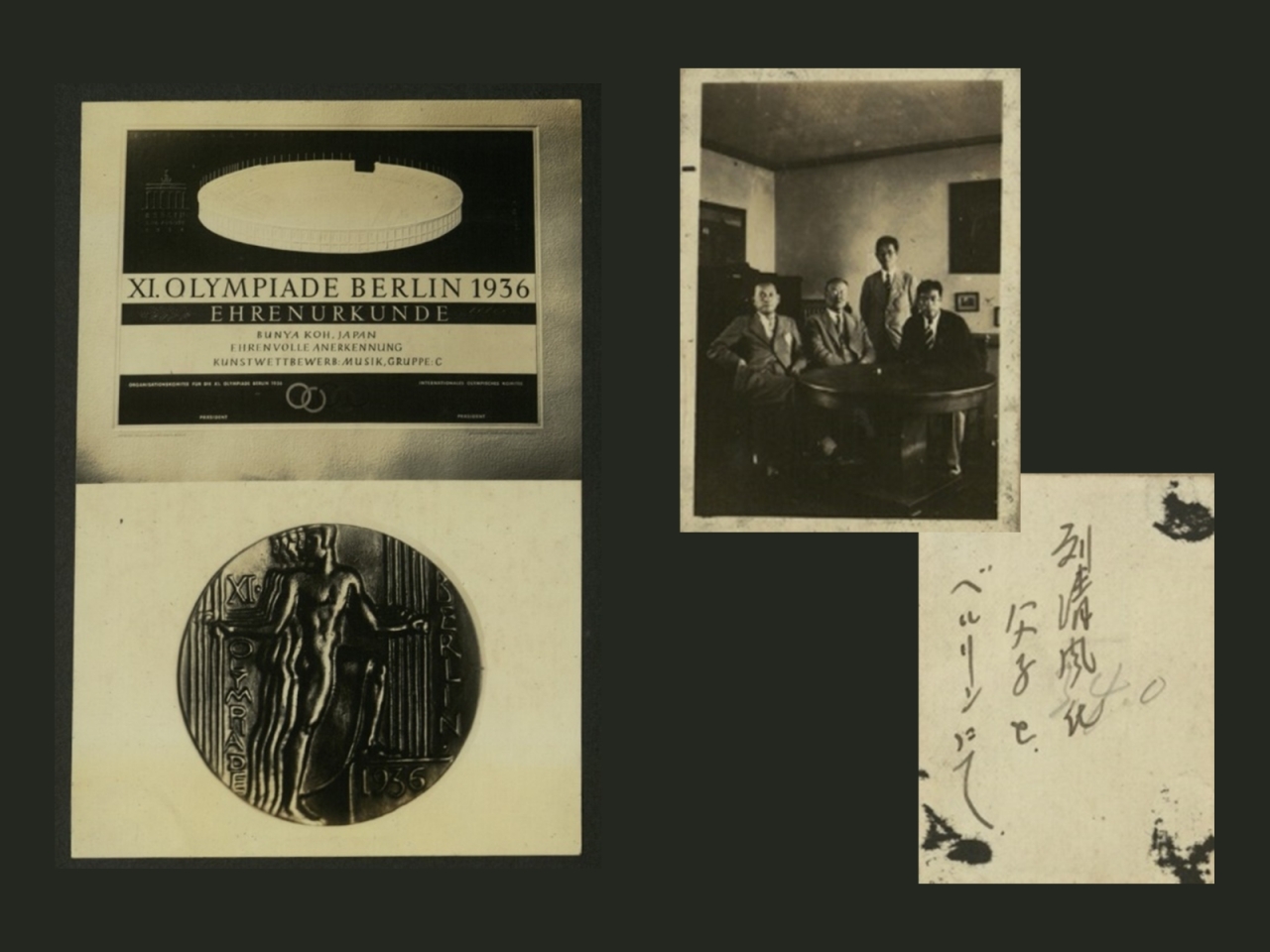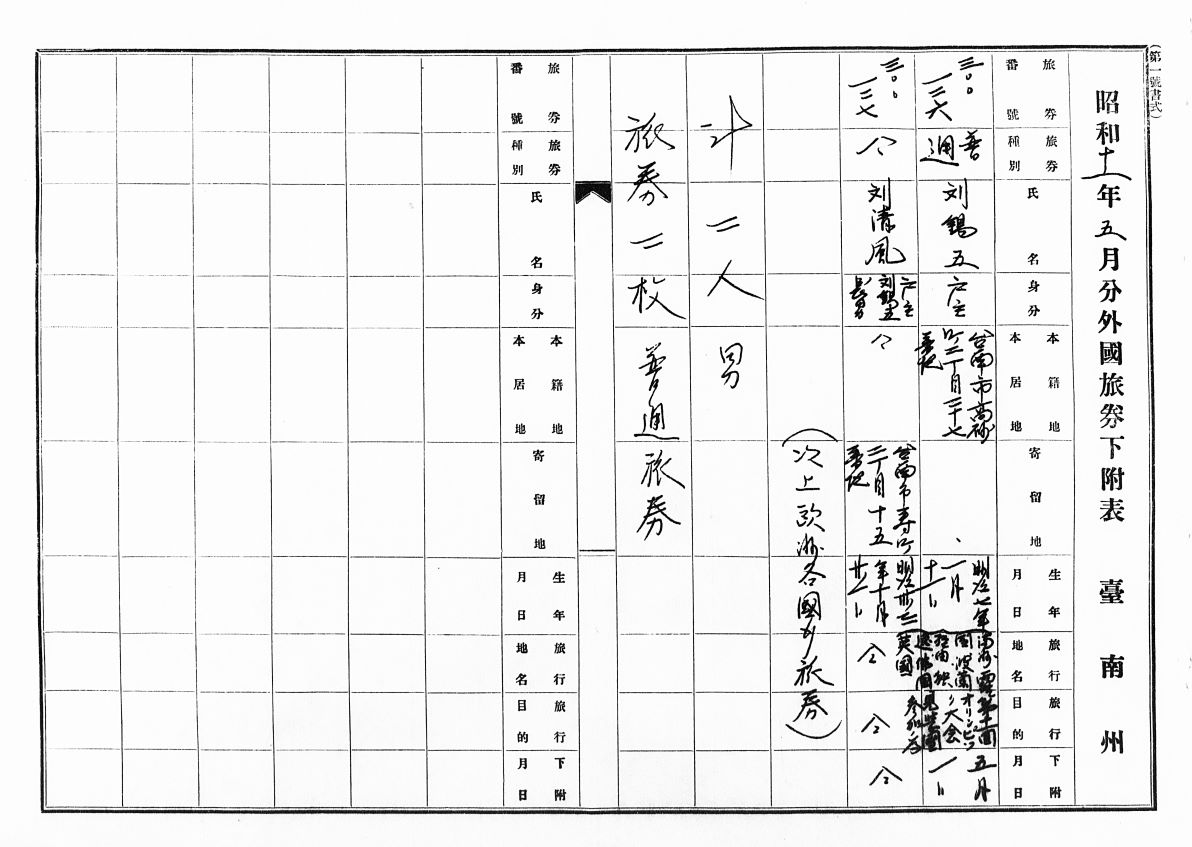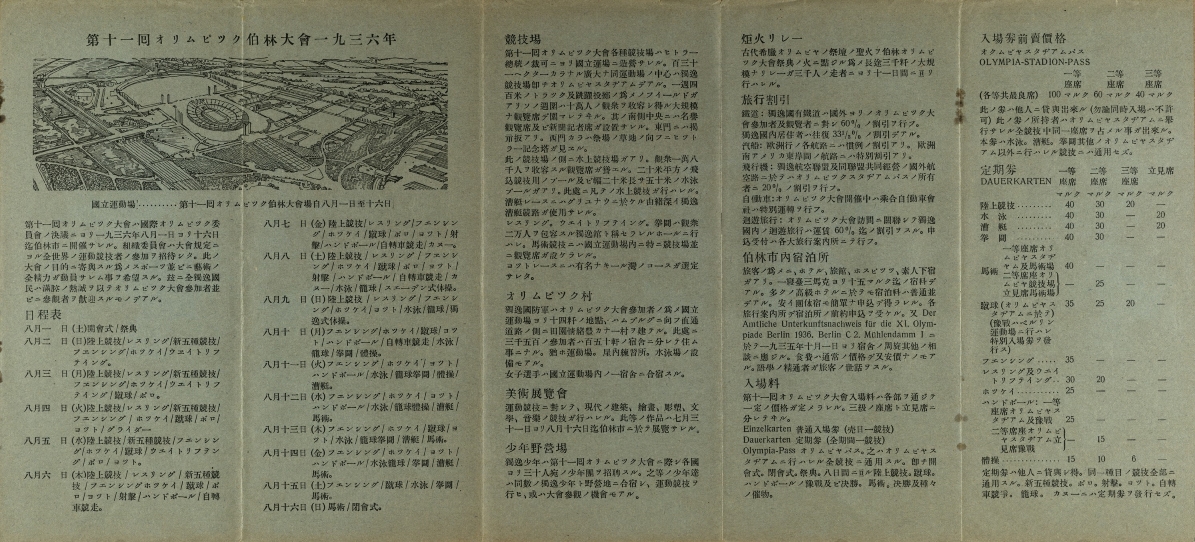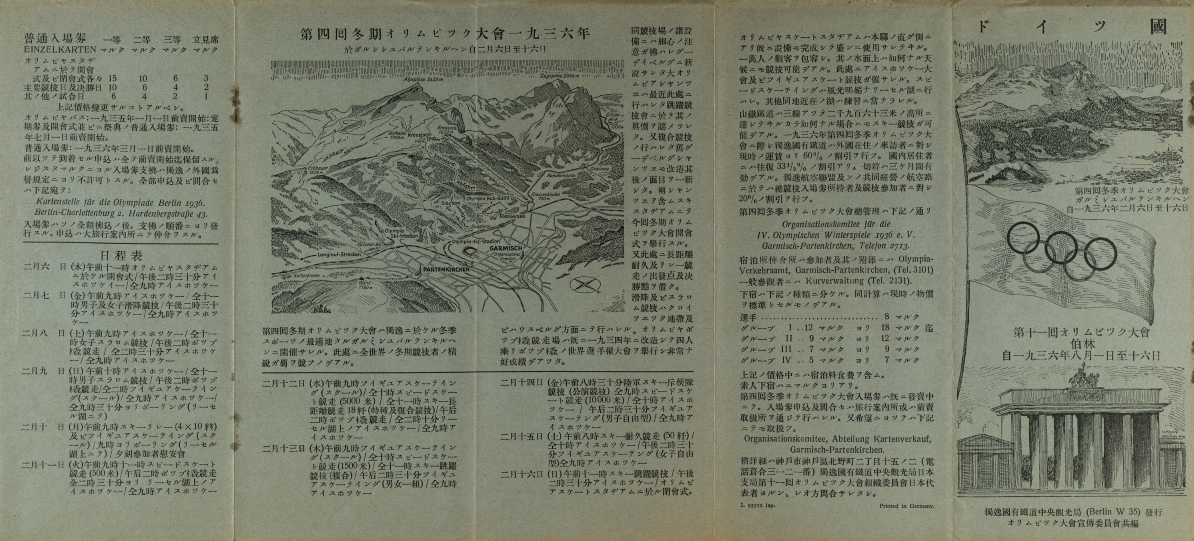|
In his memoirs, Yang Zhao-jia described the grand local tour as follows: “… Their melodies and songs not only captivated the people of Taiwan, but also the people of Japan. At each performance, the audience was packed to the brim. The scale of the event cannot be described as ‘unrepeatable,’ but it was certainly ‘unprecedented’ ! Newspapers and magazines hailed it as a major success, considering its inspirational impact on Taiwanese society and arts as historically significant.” This was the first large-scale tour of Western classical music in Taiwan, planting the seeds of musical appreciation among the Taiwanese public. It was initially thought that the final performance marked the end of the event, but unexpectedly, a major earthquake struck Hsinchu and Taichung in April 1935. Once again, Taiwanese young musicians gathered, and a larger-scale island-wide charity concert tour for earthquake relief was launched. Organized by the Taiwan Shinminpo, which took on the heavy responsibility of hosting the event, musicians from across Taiwan and abroad were quickly gathered to form a performance group. A series of “Earthquake Relief Concerts” were held across the island. According to the photographic records of the concert series, this music tour began on July 3, 1935, from Pingtung, the southernmost point of Taiwan, and continued almost daily to Fengshan, Qishan, Donggang, Yilan, Luodong, Nantou, Caotun, and ended with the final performance on August 13 in Wufeng. Over the course of 40 days, the tour traveled almost non-stop across southern, central, northern, and eastern Taiwan, holding more than 30 performances, with all the funds raised used for disaster relief efforts.
Figure 16: Commemorative Photo Album of the Charity Concert
Source: Commemorative Photo Album of the Charity Concert, Gao Ci-mei Papers (3GCM), 1935, Digital Collection of Archives of Institute of Taiwan History, Academia Sinica. This charity concert for earthquake relief, in response to the call made by participants at the previous year’s Taiwan Musicians Forum, saw an expansion in its performers. In addition to the original members such as Gao Ci-mei, Lin Cheng-mu, Lin Qiu-jin, and Chen Su-ti, musicians from Taiwan, Japan, and Europe and America were also invited to participate. The primary goal of this island-wide tour concert was to raise funds for disaster relief, but another significant aspect was the spread of the beauty of music across Taiwan, deeply affecting countless people in various regions. This made it one of the most influential musical enlightenment events during the Japanese occupation period.
Figure 17: Group Photograph of the Performers of the First Charity Concert for the Earthquake Relief
This photograph was taken on July 3, 1935, at the Pingtung Church Chapel. From left to right in the front row: Cai Shuhui (蔡淑慧), Lin Qiu-jin, Gao Jin-hua (高錦花), Gao Ci-mei; from left to right in the back row: Gao Yue-na (高約拿), Sheng Fu-jun (盛福俊), Cai Pei-huo (蔡培火). Source: Commemorative Photo Album of the Charity Concert, Gao Ci-mei Papers (3GCM), 1935, Digital Collection of Archives of Institute of Taiwan History, Academia Sinica. Compared to the previous year’s local performance tour in major cities, the Earthquake Relief Charity Concert reached deeper into Taiwan’s rural areas. Gao Ci-mei, a 20-year-old young student who had studied in Japan, returned to Taiwan for two consecutive years. She performed as a piano soloist, presenting famous pieces of music. From north to south, and then to the southernmost point of Taiwan, she traveled through central regions and into the east. Throughout the entire tour, she selflessly contributed, using music to comfort the people in the disaster-stricken areas.
Figure 18: Program Sheets for the Earthquake Relief Charity Concerts at Donggang and Yilan
This set includes the program from the concert held at Donggang Assembly Hall on July 6, 1935, featuring vocal performances and instrumental performances with violin, piano, harmonica, and more; as well as the program for the Yilan performance on August 5, 1935. Source: Program Sheets and Invitations for the Hsinchu-Taichung Earthquake Relief Charity Concert, Gao Ci-mei Papers (3GCM), 1935, Digital Collection of Archives of Institute of Taiwan History, Academia Sinica. Jiang Wen-ye, who was both a vocalist and arranger in the Homecoming Concert Tour, showcased his compositional talents by transforming his experiences and reflections from the Taiwan tour into an orchestral work titled “Symphonic Sketches from the Southern Island.” This piece made its debut at the Third Japan Music Competition (日本音楽コンクール) at the end of 1934, where it won second place in the composition category. Two years later, in 1936, Jiang Wen-ye won the Composition Award at the 11th Olympic International Music Competition with his orchestral work “Taiwan Dance”—becoming the first person in Taiwan’s music history to achieve such an honor at the age of just 26. The Tokyo Nichi-Nichi Shimbun extensively reported on this talented artist. Yang Zhao-jia, who greatly admired Jiang Wen-ye’s musical talent, sponsored him multiple times for performances in Taiwan after the homecoming concert tour. He even supported his living expenses and further studies in Japan, as well as the publication of his works. Among the documents collected by Yang Zhao-jia, there are musical scores by Jiang Wen-ye and materials related to his initiation for sponsorship for Jiang’s further studies in Vienna.
Figure 19: Report on Jiang Wen-ye’s “Taiwanese Dance” Winning the Composition Award at the 11th Olympic International Music Competition in 1936
Source: Jiang Wen-ye’s Musical Activities Documents (V), Yang Zhao-jia Collection (LJK), 1936, Digital Collection of Archives of Institute of Taiwan History, Academia Sinica.
Figure 20: Photographs of Yang Zhao-jia’s Cultural Support Activities and Sports Events
This album includes photos of the medal awarded at the 11th Olympic International Music Competition in 1936 (published in Tokyo Nichi-Nichi Shimbun, featuring Jiang Wen-ye and his competition medal), as well as photographs of Liu Qing-feng (劉清風) and his father Liu Xi-wu (劉錫五) in Berlin. Source: Photographs of Yang Zhao-jia’s Cultural Support Activities and Sports Events, Yang Zhao-jia Collection (LJK), 1936, Digital Collection of Archives of Institute of Taiwan History, Academia Sinica.
Figure 21: 1936 Record of Passport Applications for Liu Xi-wu and Liu Qing-feng of Tainan
The passports registry from the Government-General of Taiwan reveal that in 1936, Liu Qing-feng and his father Liu Xi-wu applied for travel to participate in the 11th Olympic Study Tour. Based on the registry, it appears they traveled overland through Russia to reach Germany. Source: Foreign Passports Issued from April to June 1936, Registry of Passports Issued and Recovered by the Government-General of Taiwan (T1011), 1936, Digital Collection of Archives of Institute of Taiwan History, Academia Sinica.
Figure 22: Handbook of the 11th Berlin Olympic Games
The 1936 Olympic Games held in Berlin, Germany, included not only athletic competitions but also an art exhibition. According to the handbook, various categories such as modern architecture, music, painting, sculpture, and literature were evaluated and competed. Source: Handbook and Brochure of the Berlin Olympic Games, Yang Zhao-jia Collection (LJK), 1936, Digital Collection of Archives of Institute of Taiwan History, Academia Sinica. Tracing back to the first Homecoming Concert Tour in Taiwan in 1934, the 1935 Earthquake Relief Charity Concert, and Jiang Wen-ye’s award at the Olympic World Sports and Arts Hall in 1936, we can further reflect on the cultural and artistic activities led by the Taiwanese people at the time. Notably, the Taiwan Shinminpo played a crucial behind-the-scenes role. After over a decade of effort, the newspaper was granted permission to begin publication on April 15, 1932. The newspaper also actively participated in music tours and supported the establishment of the Taiyang Fine Arts Association, as well as reporting on the selection of artworks for the Taiyang Exhibition. The daily’s cultural section worked with writers and artists to collaboratively produce news, literature, and art, maintaining a focus on Taiwanese themes despite the challenges of war. This period was a time of cultural and artistic explosion, highlighting Taiwan’s unique cultural identity. While political rights were suppressed by external colonial powers, and internal debates arose over differing reform ideas, Taiwan’s unique cultural and artistic activities flourished with vigor. This could be seen as another subtle form of resistance by Taiwan’s intellectual youth against colonial rule. As Yang Zhao-jia believed, it was through arts and culture that the status of the Taiwanese people could be elevated. Therefore, he spared no expense in fully supporting the era’s music, art, literature, theater, dance, sports, and aviation activities. With the foresight of a historian, he meticulously organized and carefully preserved invaluable primary documents, leaving us with important historical records of the development of Taiwan’s intellectual and artistic youth during the Japanese occupation—surviving threats from foreign colonialism, war, and the White Terror. |
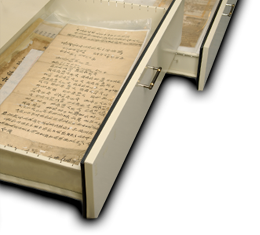 |


